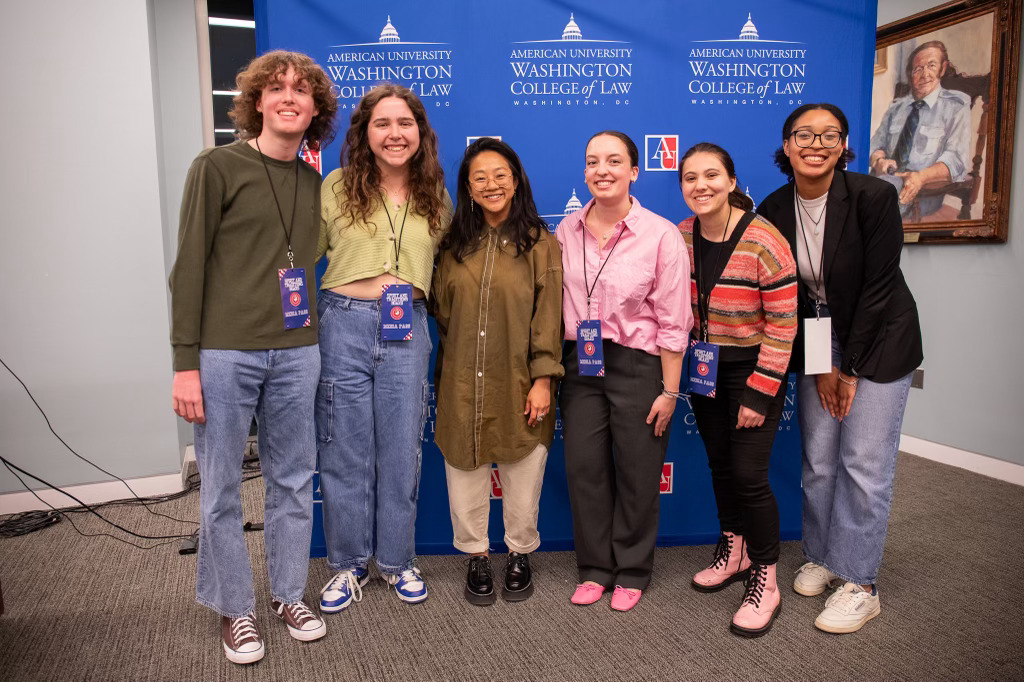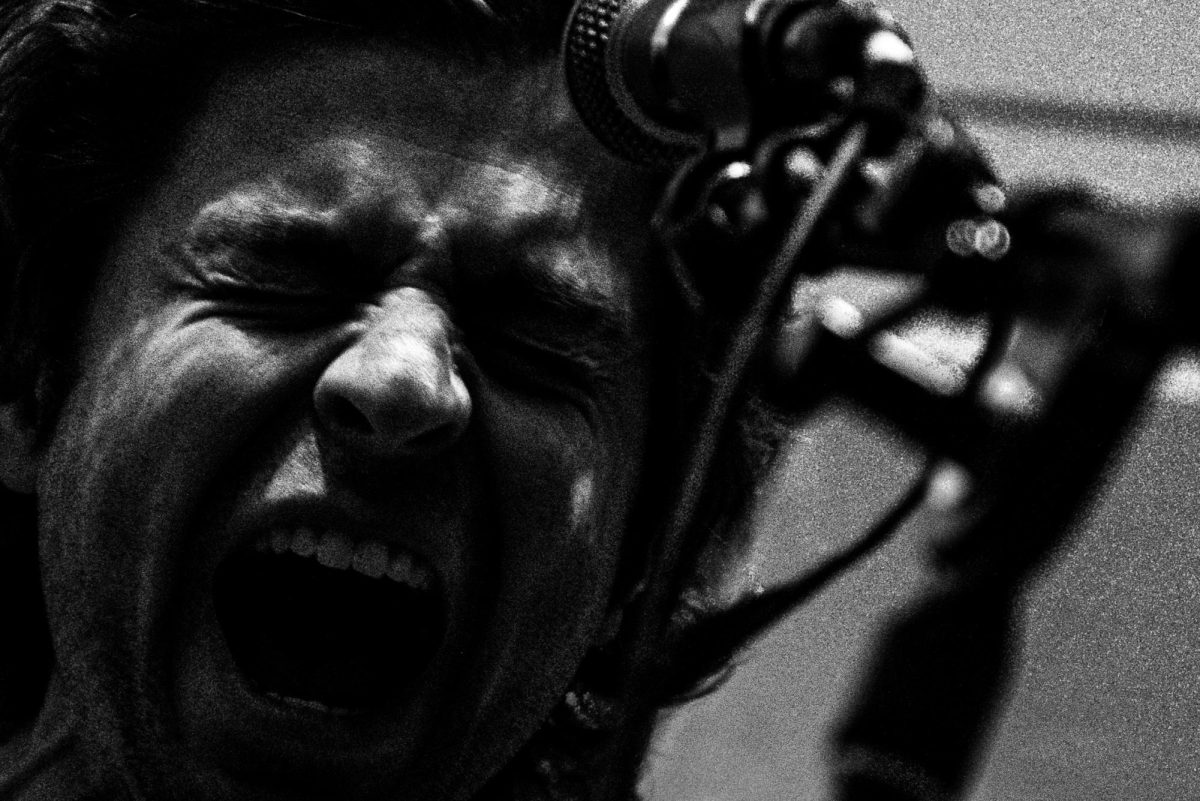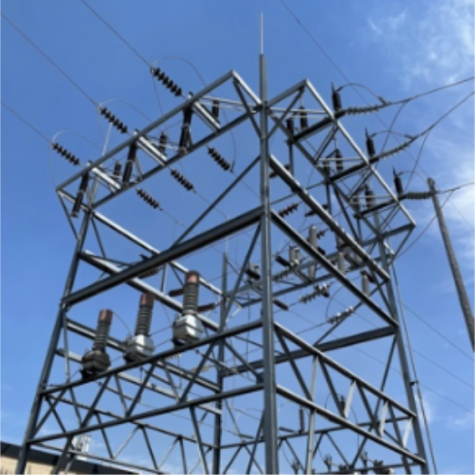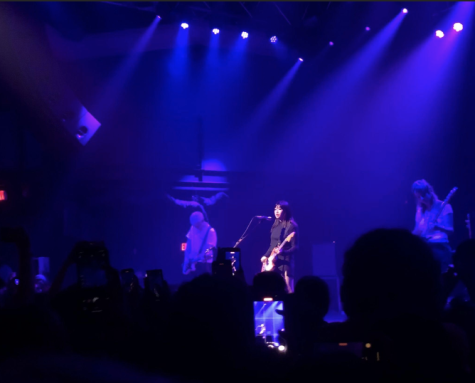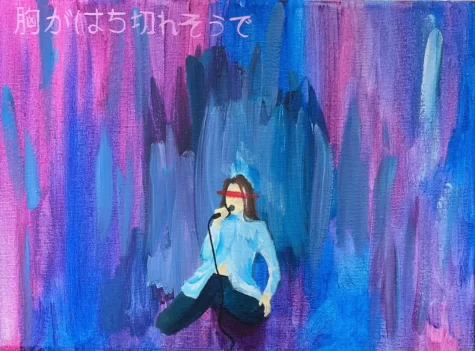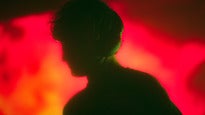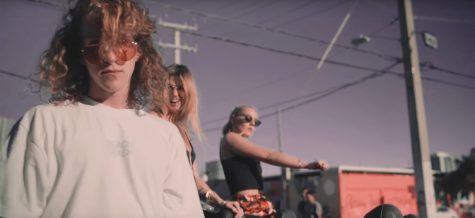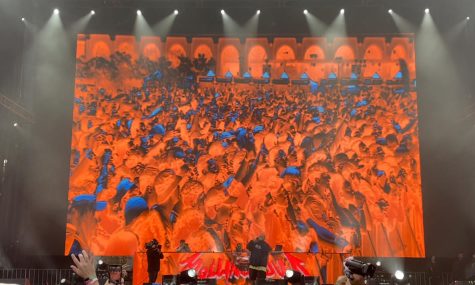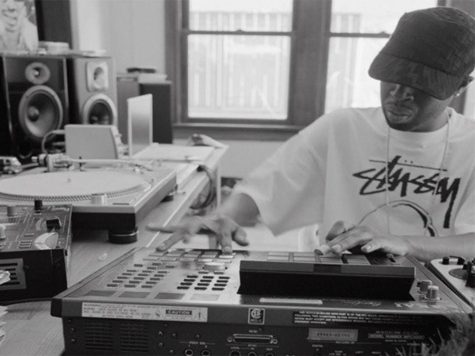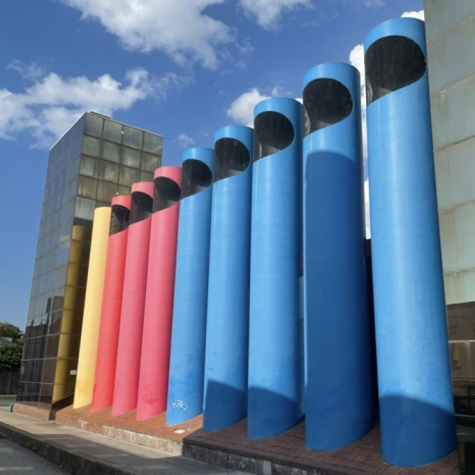The Looking Glass: Simian Mobile Disco’s "Whorl"
September 8, 2014
 Courtesy of DJ Mag Italia
Courtesy of DJ Mag Italia
If the writing and recording of an album is really an ongoing process, then, it is an event that takes place everywhere. This means that both the moments when the artist writes the lyrical forms and expresses these forms in the confines of the studio – whether it is done all at once, or is slowly assembled and presented in the space in-between the studio and the stage – are each, by their own necessity, individual moments when the artist (and listener) observes the distinction between what constitutes the album and the experience of the album fade away.
From this point of view, the recent experiment of Simian Mobile Disco to record a new album only using two pieces of equipment – an analogue synthesizer and sequencer – takes this present signification to a heightened stage. The result of their experiment is the album Whorl.
 Courtesy of Simian Mobile Disco
Courtesy of Simian Mobile Disco
We encounter here a perplexing nexus of experience, the blurring of the conditions of intelligibility between the questions: what is put forth by the working artist? And the reciprocal, a partial involvement between one another (the listener, the dancer, of James Ford and Jas Shaw) and of each event of individual perceptual experience (one’s movements, the dance floor, the strobe light) that characterizes the question: What is at work in the work?
Whorl, according to sources, is a conceptual album that began not in the studio nor in a home recording booth; rather, it began within the thought of performing live, within a short window of a live performance, a phenomena only recorded live. As Consequence of Sound notes, James Ford and Jas Shaw commented on this:
“The recordings we did in the studio while we were writing and rehearsing the new material for Whorl were simply live’ takes ÛÒ the system we’re using has limited ability to save patterns in the sequencer, but nothing like the flexibility of a computer. Live performance and studio composition are essentially now the same process, rather than the common method of writing a track using the computer, and then working out ways to perform it live. We planned not to slavishly limit ourselves just to this performance ÛÒ when we came to mixdown the album, we used portions of three sessions ÛÒ the show itself, an extended jam we did in the desert the day before, and a little of our London studio rehearsal.”
Now, normally, it matters very little where an album was recorded, or whether the audience knows of how a group began thinking about the subtle artistic movements that would slowly, over the various days, weeks and months, form into a more coherent and presentable album. With Whorl, however, from the very outset we understand that the deep assumption of this album is that one must experience it as it was meant to be experienced. Of course, most aesthetically and musically inclined listeners know that an album is defined not only by individual listenings, but also, more importantly, how an artist and album is able to define and transform its limits when it is put on stage.
If an album performs poorly live, it is the audience that will retain that experience, remember it, and avoid such experiences again; ultimately, it is this experience that will define the album as such. But this problem is avoided by Simian Mobile Disco completely. What we encounter in Whorl, is in fact, an album created exclusively for the aesthetic state presupposed at a live show – recognized by all (even in the moments when we listen and reflect on material in the privacy of our own spaces), which can be easily recognized as soon as one feels the wet ink of entrance stamp dry, the strobe lights rush across the warm mingled bodies – and that every live experience takes place at the very heart of this moment: in fact, it is from here the meaning and significance of many albums and artists begins.
 Courtesy of The Key
Courtesy of The Key
For the experienced listener, Whorl is just not a question of listened to an album designed exclusively for those who follow Simian Mobile Disco, or even for those who are destined to see their show in hopes of clarifying or experiencing this particular iteration of stage life; rather, it is a question of being present at each individual moment when the album, the artists, and the experience collides with all previous moments of mingled heat, outstretched hands of rhythm, and the unspoken question of dionysian dance.
Thus, with Whorl, the question of experience astir here, precisely, is that of longing, of knowing, of experiencing the inexpressible gap between the now and the then, the non-present and the present, the negative: the experiences brought and reared by all previous moments.
When the track “Sun Dogs” begins to blur with the moments of intimacy found in Attack Decay Sustain Release,’ (2007); when “Dervish” bends into the spoken silence of “Hustler”, the album does not take the form of a singular and received experience. Still less, despite the tendency of reviewers and views to posit a narrowing in the field of intelligibility into a small file or moment of understanding, the experience of Whorl will have to be taken as an invitation – for which, a possible bridge and scaffolding will – and must be – erected into the indeterminate nexus of our intelligibile experiences, past and present.
Hence the necessity, right now, of us envisioning the movements of the crowd, the sweat of the room clinging to the vibrating walls, of which our implicit understanding of Simian Mobile Disco turns and spins, with redoubled effort to affect and infect you. It is this implicit reference to our experiences with music, with the aesthetic, with the mode in which one comes to know what the aesthetic value of an album is.
Posed in these terms, the question of what the significance of Simian Mobile Disco’s new album Whorl is, then, already caught up in a whole collection of experiential presuppositions – hazily assembled and rapidly deployed collection of memories, anticipations, and physical movements. The most intimate and general of these, those that govern and articulate the problematic of “what is an album” and “what is the meaning of Simian Mobile Disco’s latest albumÛ, also seem to govern our most personal experiences with such a work, confessing that we cannot easily divide between those experiences near the stage and those experienced by ourselves.
The intentions here, in Whorl, are only to show the idea that the divided nature of an album – the classical binary between listening at home and performing at a show – is itself, by its own necessity, a structure that cannot articulate the enigmatic nature of many modern albums.



